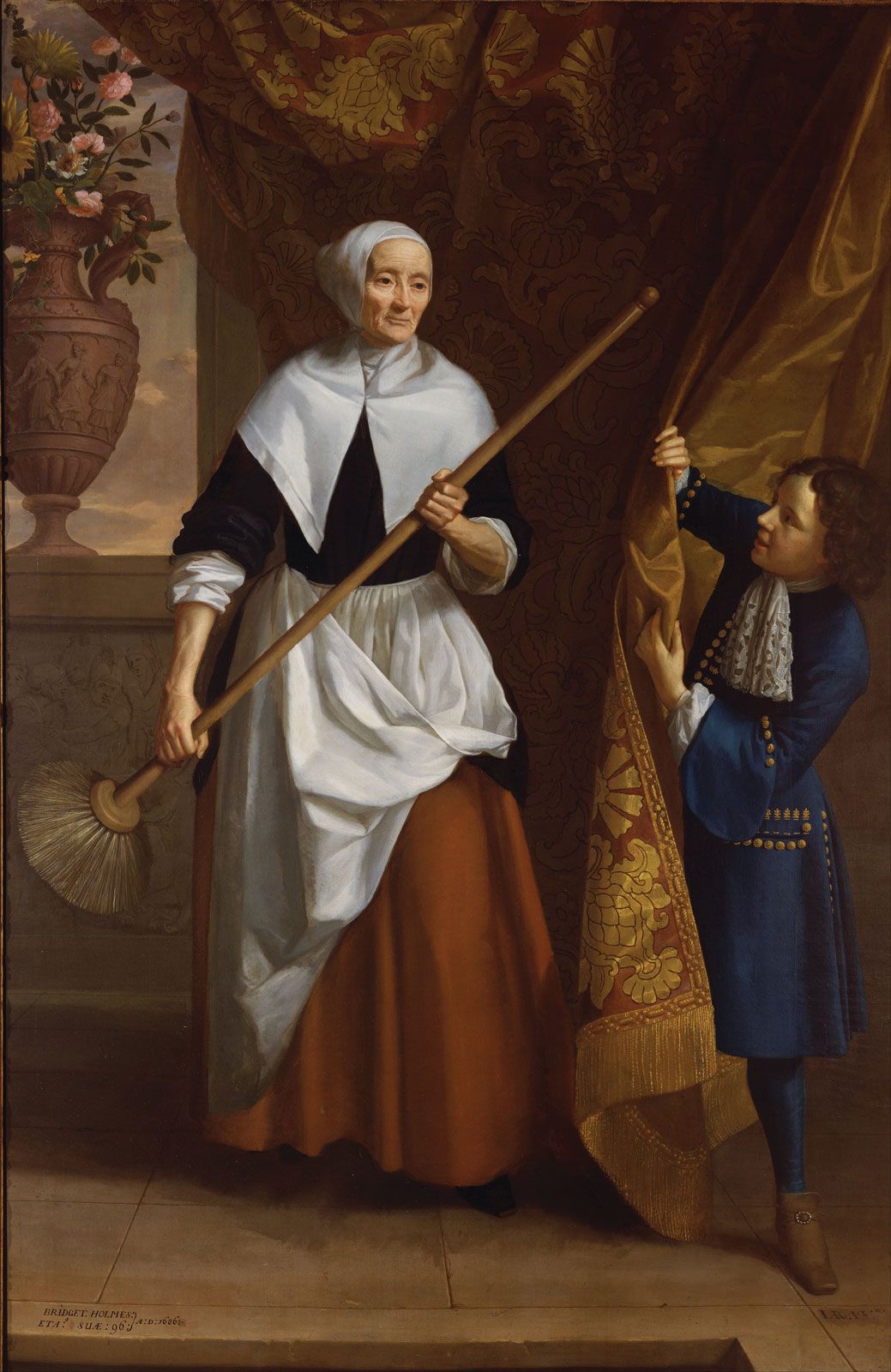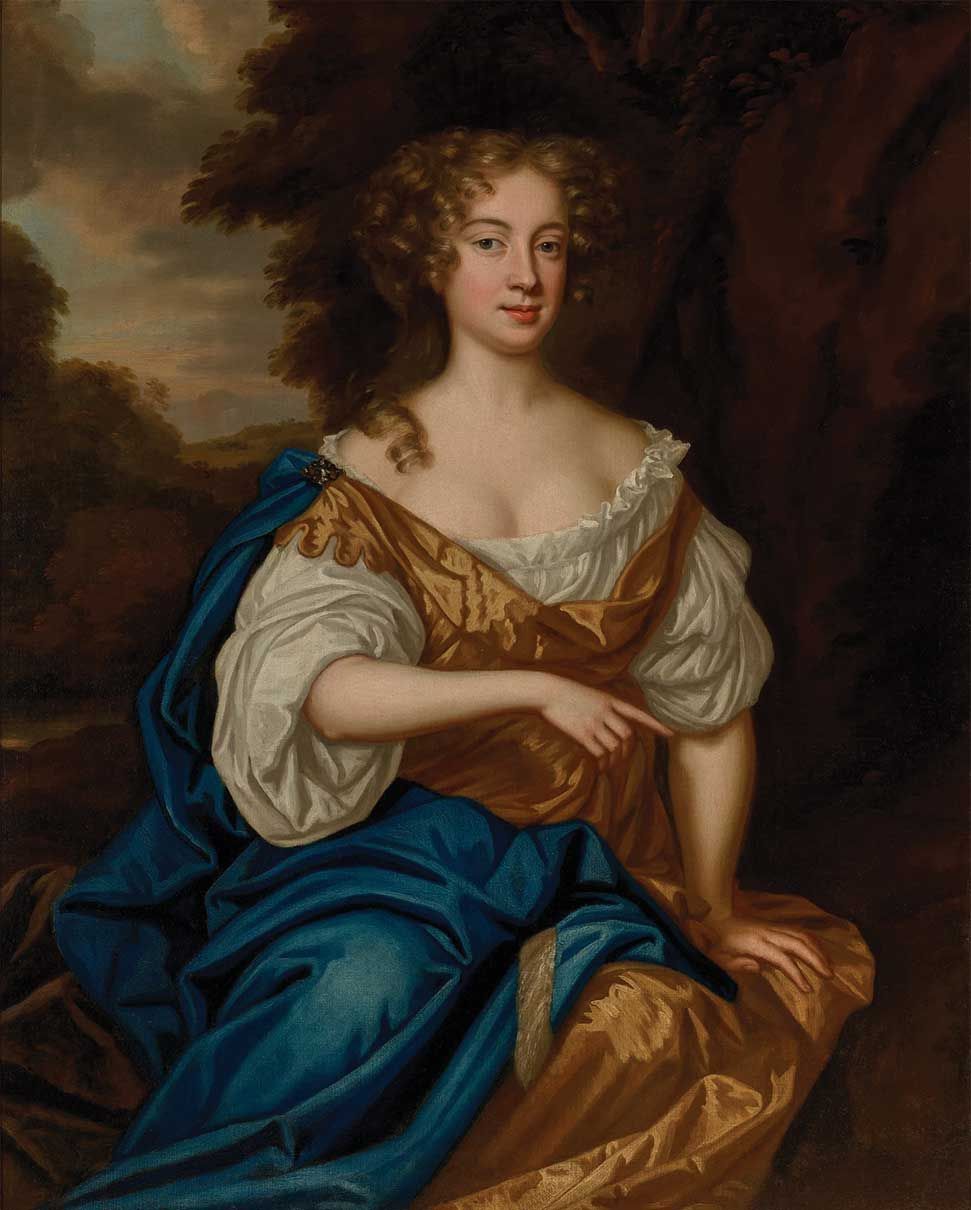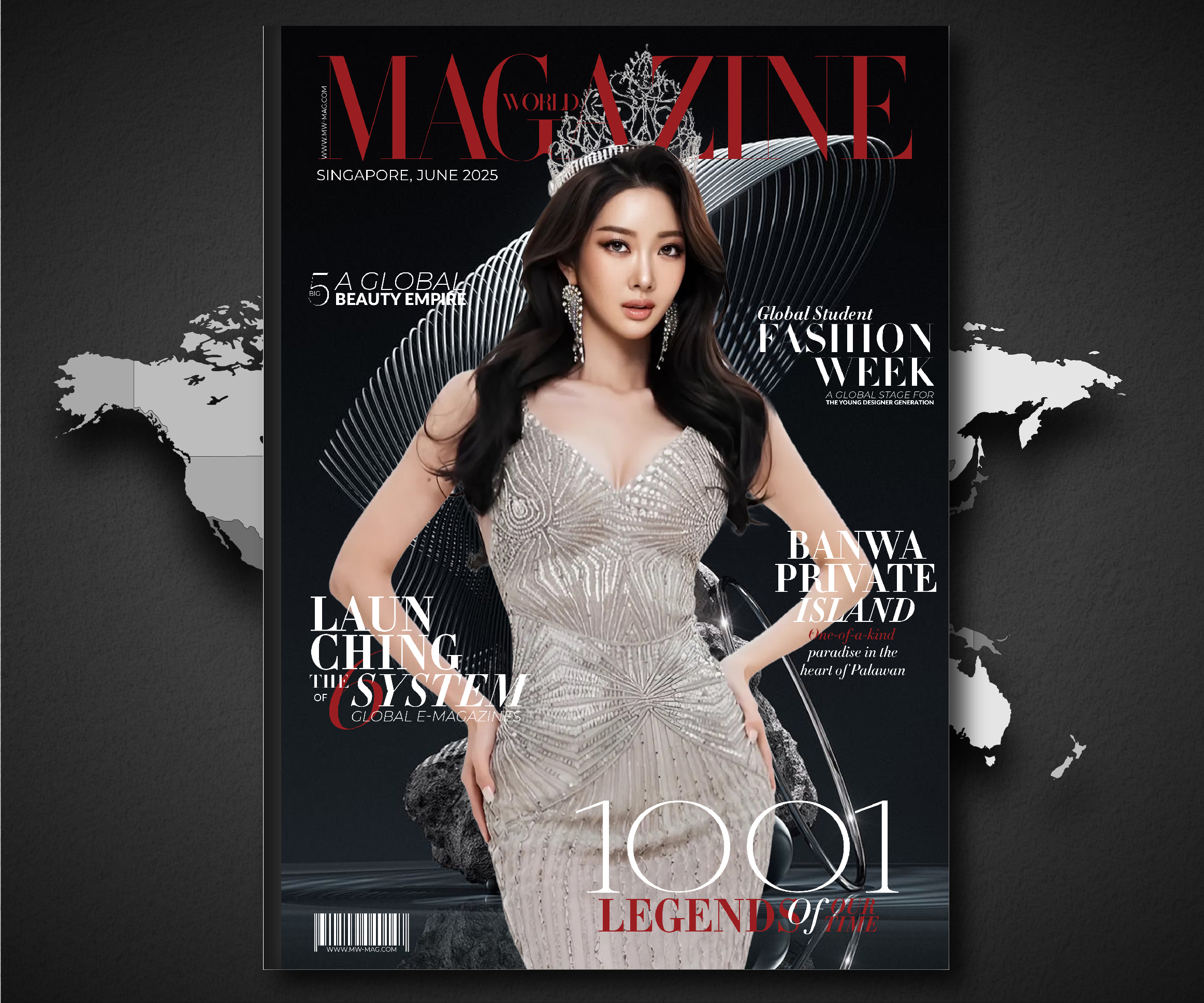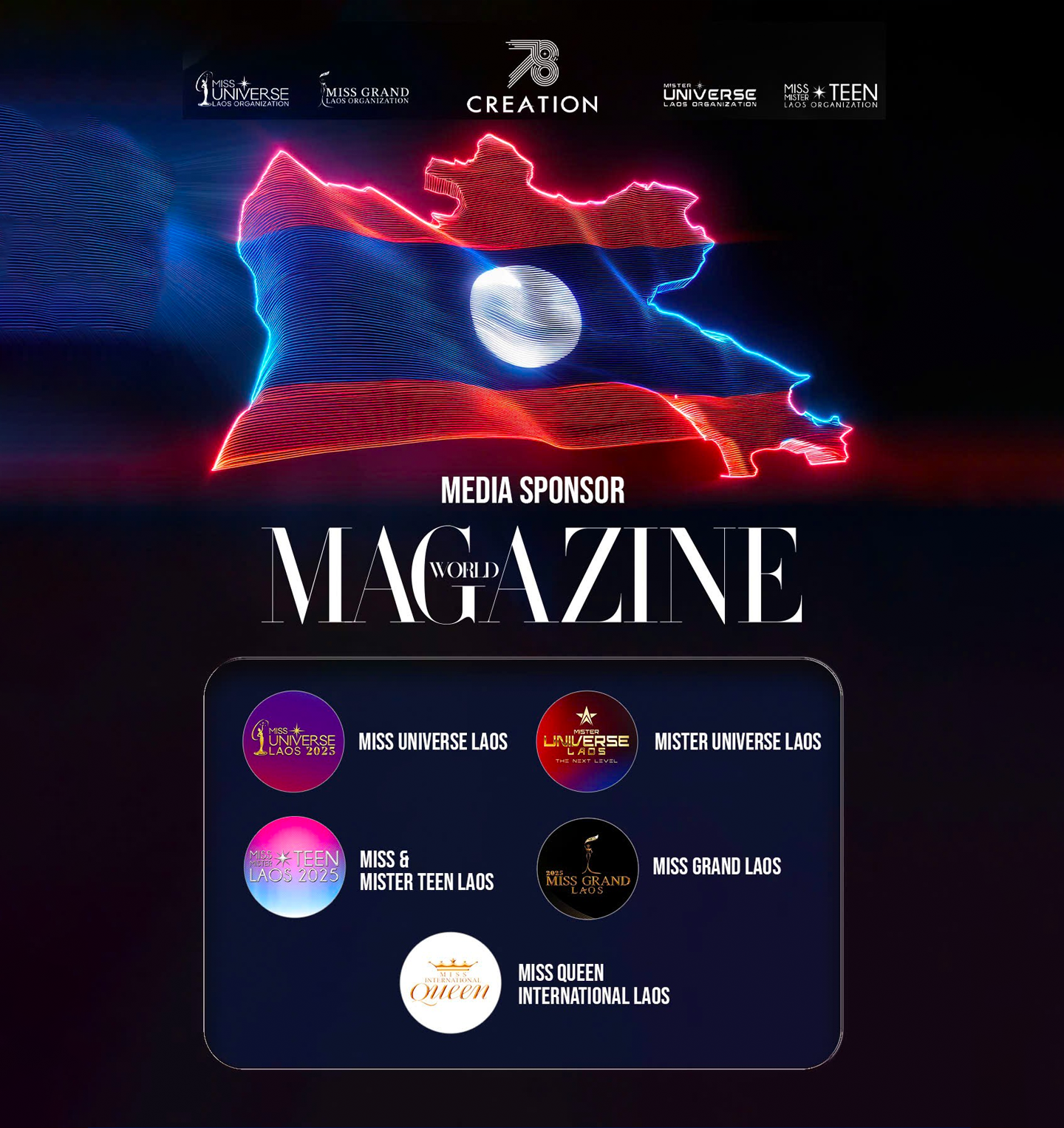The story of historic women artists, as art historian Pamela Gerrish Nunn once observed, often leaves them standing on the “eternal doorstep of fame.” For Mary Beale (1633-99), the most famous early professional female portraitist in Britain, that door has finally been propped open, thanks to a remarkable surge of contemporary interest and a comprehensive new catalogue. Published to accompany the 2024 monographic exhibition Fruit of Friendship: Portraits by Mary Beale, this volume celebrates an artist whose pioneering career defined success in Restoration-era London. Beale’s enduring significance lies not just in her mastery of oil on canvas, but in the astounding archival material—most notably the intimate notebooks kept by her husband—that offers a rare window into the daily mechanics of her commercial and domestic life. By illuminating the bedrock of personal networks and artistic discipline that secured her status, the catalogue ensures that the artistry of this 17th-century master can no longer be overlooked.
The Pioneer Who Stepped Off the Doorstep of Fame
The year 2024 marked a decisive turning point in the modern appreciation of Mary Beale’s monumental contribution to British art history. Her portraits were prominently featured in two significant London art projects, cementing her status as a crucial, pioneering figure. The monographic show, Fruit of Friendship, which is documented in the new publication, gathered twenty-four of her finest portraits at the Philip Mould gallery, dedicated entirely to her innovative portrait practice. Simultaneously, her work served as the chronological anchor for the sweeping Tate Britain exhibition, Now You See Us: Women Artists in Britain 1520-1920, initiating the institution’s deep interrogation of professional women in the British art world over four centuries.

This parallel recognition highlighted the sheer quality of her work, particularly her command of color and composition. Her masterful 1676 portrait of Anne Sotheby, in particular, drew attention in both projects, celebrated for its bold execution and a brilliant swathe of dazzling ultramarine paint. The portrait was ultimately acquired by Tate Britain, a fitting institutional recognition of a painter whose skill allowed her to transcend the domestic sphere and compete commercially with her male contemporaries. These dual exhibitions collectively served to permanently move Mary Beale past the figurative “doorstep” and into the inner halls of recognized historical achievement.
The Studio Manager and the Intimate Archive
What truly sets Mary Beale apart from many of her historic female counterparts is the extraordinary wealth of documentary evidence surrounding her studio practice, largely thanks to her husband, Charles Beale (1631-1705). While Beale commanded the easel, Charles managed the business, acting as her studio manager, devotedly recording the quotidian details of their professional life. This documentation offers the present-day observer an unprecedented and unusually intimate invitation across the threshold of a 17th-century artist’s home.

Astonishingly, two of Charles Beale’s detailed notebooks survive in public collections, spanning the years 1677 and 1681, providing granular insight into everything from clients and commissions to materials and daily routines. Though many of the original papers—described by the 18th-century antiquarian George Vertue as “cartloads”—are now lost, their partial transcriptions help reconstruct the immense administrative and logistical effort that underpinned her artistic output. This unique archive transforms Beale’s story from a mere biographical outline into a detailed case study of professional success, illuminating the teamwork and domestic support essential for a woman to sustain a high-level artistic career in the period.
Homecoming on Pall Mall and the Lely Connection
Mary Beale’s geographic trajectory illustrates a movement from provincial training to metropolitan mastery. She received her earliest artistic education in the Suffolk village of Barrow, likely taught by her father, John Cradock, who was himself an amateur artist. Her eventual move to central London, however, was where her career truly flourished, driven by both her talent and an astute understanding of the market.

Her success in London was heavily influenced by the dominant painter of the era, Sir Peter Lely, King Charles II’s principal painter. Beale benefited directly from observing Lely’s portrait sittings, as he was her neighbor, a close proximity that allowed her to absorb and interpret the leading courtly style. Her ability to skillfully emulate and adapt Lely’s techniques is evidenced by her small-scale re-creation of Lely’s portrait of the monarch, a piece highlighted in the Fruit of Friendship catalogue. Furthermore, research in the catalogue suggests her Pall Mall home and studio—occupied around 1670 at the height of her professional life—was situated exactly on the present-day site of the Philip Mould gallery. This literal coincidence gave the 2024 exhibition a profound sense of “homecoming,” allowing the portraits to return to the very ground where they were created.
The Brushwork of Friendship and Family
The catalogue compilation of Mary Beale’s paintings, meticulously presented by Ellie Smith and Lawrence Hendra, visually articulates the breadth and psychological depth of her output. The selection showcases her complete range as an artist: from studies used for private experimentation and commanding self-portraits to intimate likenesses of her family and formal commissions for her wide circle of friends and clients. This diversity reveals an artist constantly honing her craft while relying on her personal networks for commercial stability.

Researcher Valeria Vallucci’s catalogue essay delves into how Charles Beale’s work as a patent clerk, which yielded numerous letters patent (legal documents), actually helped the painter convert family and social ties directly into portrait commissions. These “intimate and decorous networks—ultimately, friendships,” as curator Tabitha Barber describes them, formed the unshakable bedrock of Beale’s thriving business. The catalogue’s most touching and artistically impressive moments are often found not in the grand commissioned pieces, but in her “quiet portraits of her husband.” Her small-scale likeness of Charles (around 1675), for instance, reveals astonishing dexterity in its technique, with frothy, ebullient brushwork creating a vibrant texture in the sitter’s white chemise, demonstrating her unrivalled sensitivity and technical handling in her most intimate subjects.
Style Over Biography: Charting the Artist’s ‘Hand’
Despite the extensive archival material that documents Mary Beale’s life, scholars face a difficult challenge: much of the primary source material was written about her by male contemporaries, creating potential biases and, due to lost papers, frustrating knowledge gaps. As one essay points out, an archive is inherently a political reconstruction of presence and absence. The risk is that Beale, like other women artists such as Artemisia Gentileschi, becomes narrowly defined by the nitty-gritty of biography rather than the grandeur of her artistic output.

The significance of the Fruit of Friendship catalogue thus lies in its successful shift of focus back to the paintings themselves. Dealer Philip Mould, in his introduction, describes a career-long fascination with Beale’s distinctive technique, specifically her easily recognizable “warm skin tones” and “supple facial and anatomical modelling.” Future scholarship, the catalogue suggests, must therefore prioritize detailed stylistic analysis and a careful distillation of what precisely constitutes the artist’s “hand.” By moving the conversation away from the limitations of the historical male-written archive and toward the visual evidence, the catalogue provides a foundational corpus of work to solidify her rightful place and to ensure that the depth and quality of Mary Beale’s unique artistic voice define her legacy.




